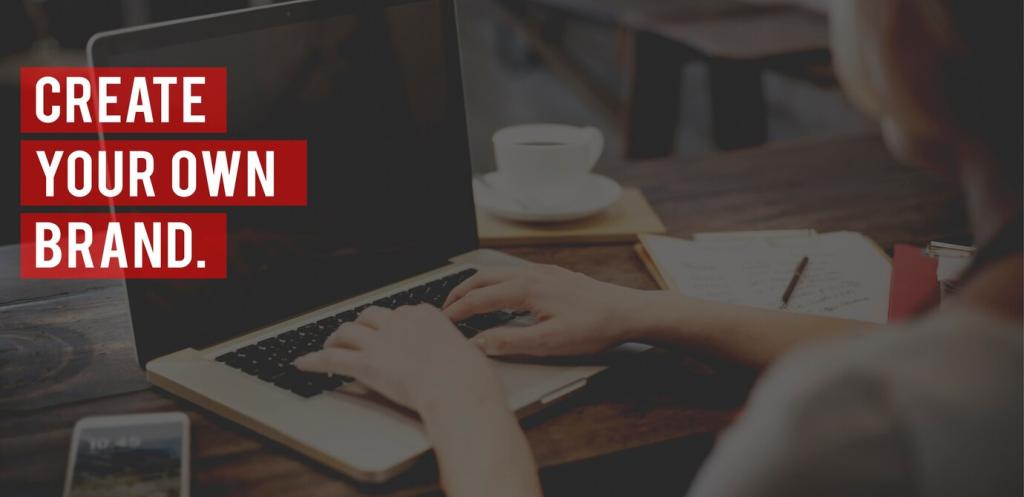Social Captions That Carry Your Palette
Treat each slide like a chapter: challenge, insight, material choice, final moment. Use captions to tie the sequence together, then close with a gentle prompt—Which detail surprised you? Save for later. This encourages conversation and steady community growth.
Social Captions That Carry Your Palette
Blend precise location tags, style identifiers, and a unique brand tag used consistently across posts. A restrained set supports discovery while protecting your refined voice from clutter and helps followers track evolving themes they genuinely enjoy.







